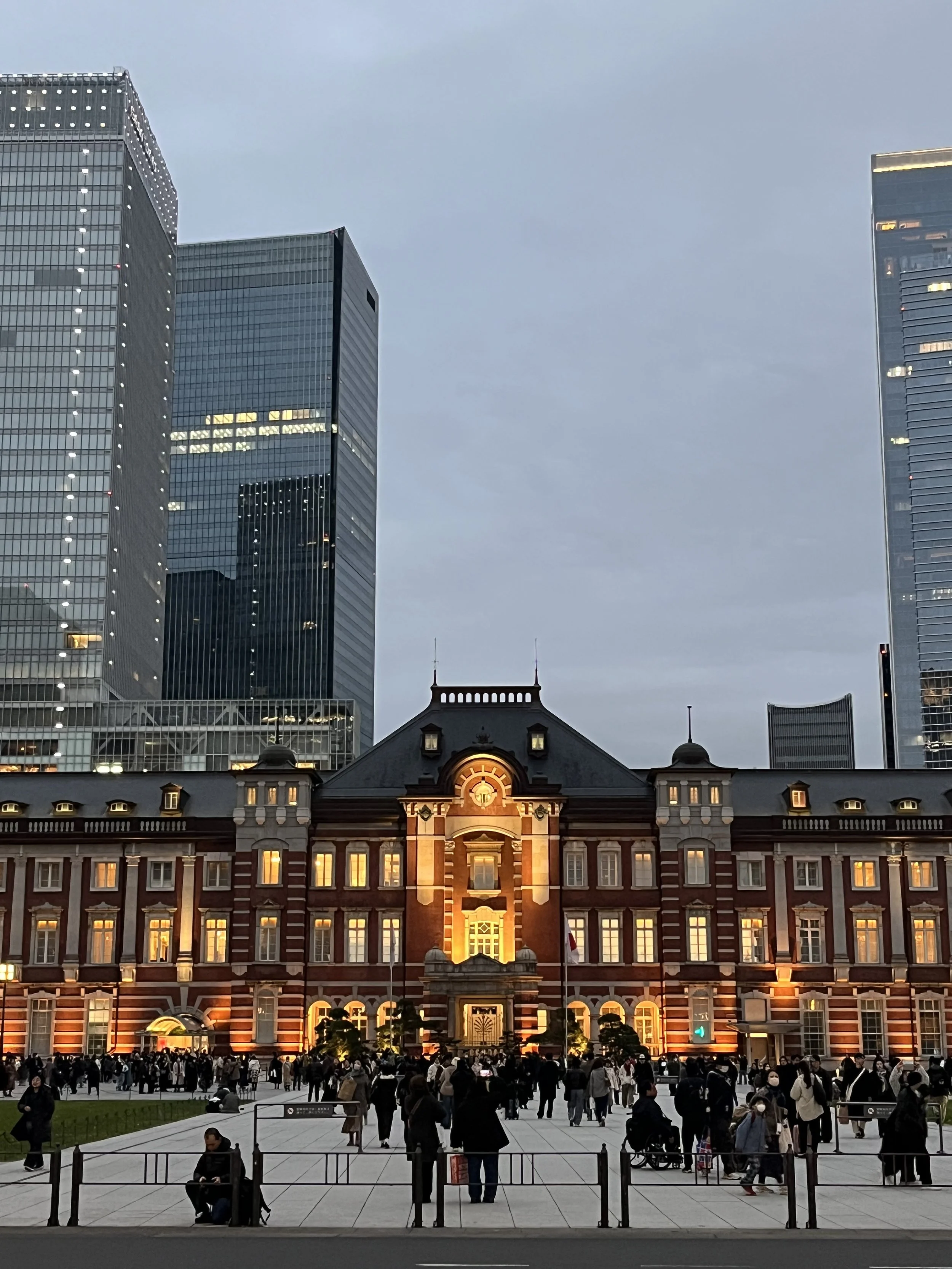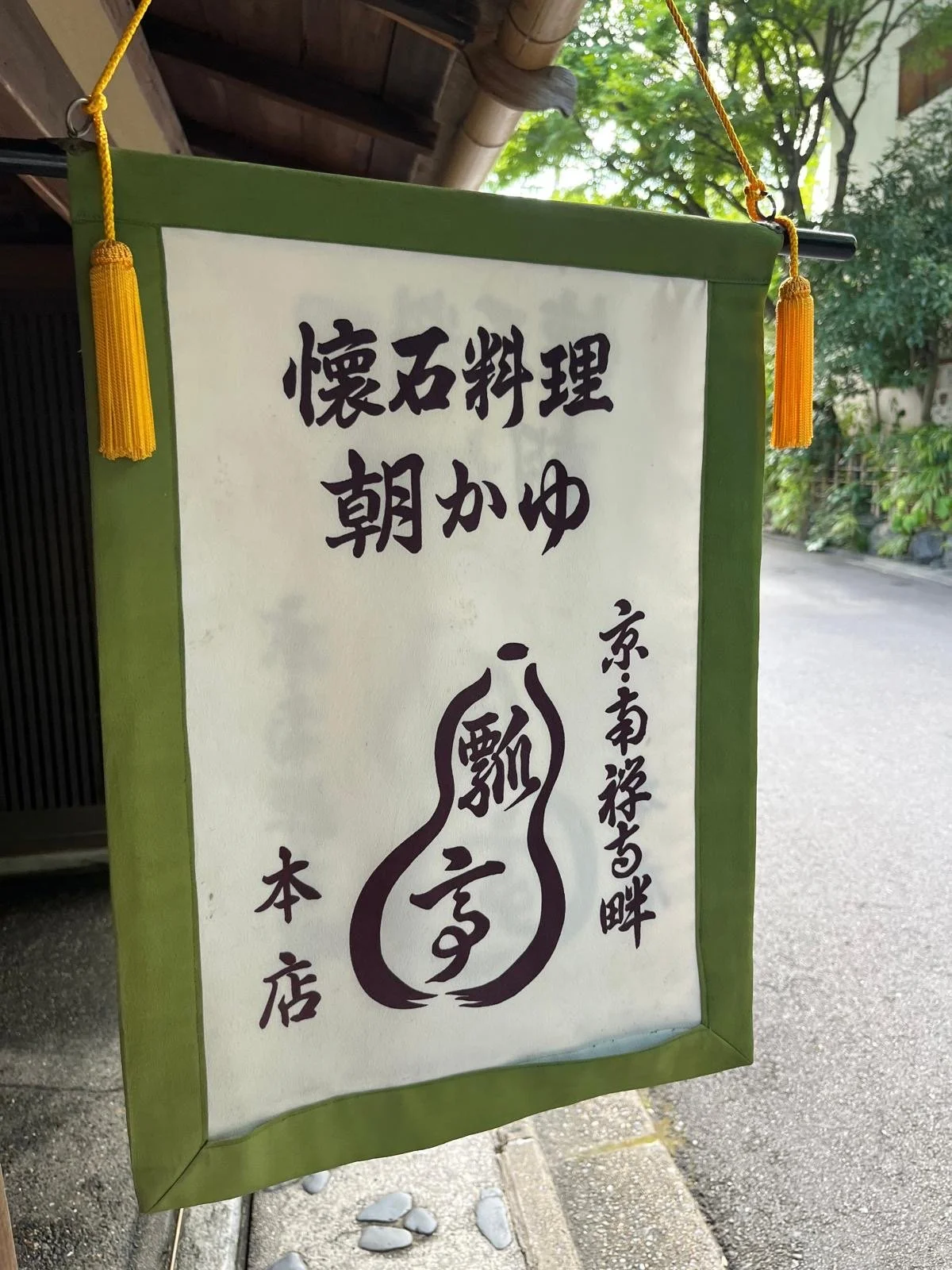Tokyo's winter scenery- Japanese home cooking class in Tokyo
December in Tokyo brings a crisp chill that signals the arrival of winter. The city glows with stunning illuminations, creating a festive Christmas atmosphere that attracts both locals and visitors.
Autumn Foliage at Kuhonbutsu Joshin-ji Temple- Japanese home cooking class in Tokyo
Kuhonbutsu Joshinji Temple is located in Setagaya Ward, Tokyo, and is considered one of the top spots for autumn foliage in the city. Every year, many worshippers and photography enthusiasts visit to enjoy the colorful scenery. The best time to see the autumn leaves is usually from late November to mid-December, with the peak occurring in early December.
Trip to Hagi city, Yamaguchi Prefecture②- Japanese home cooking class in Tokyo
Hagi City flourished as a castle town during the Edo period, with landmarks such as the ruins of Hagi Castle, samurai residences, and merchant districts that have been beautifully preserved. The city is also renowned for sites associated with Yoshida Shoin and other prominent samurai from the late Tokugawa period, such as the Shoka Sonjuku Academy and Shoin Shrine. These spots offer visitors a deep sense of the history surrounding the Meiji Restoration. Furthermore, Hagi is well known for its delicious local cuisine, providing visitors with a rich cultural and culinary experience combined
Trip to Yamaguchi Prefecture①- Japanese home cooking class in Tokyo
Hagi City in Yamaguchi Prefecture in Japan is a historic castle town abundant in natural beauty. It is a renowned tourist destination where visitors can experience the rich heritage of Meiji Japan's industrial revolution sites, stroll through preserved Edo-period streets, admire traditional Hagi-yaki pottery, and savor fresh seafood.
Table coordination using Japanese tableware②- Japanese home cooking class in Tokyo
Preparing a meal is more than just a daily routine. The dining table is a place for creative expression-a wonderful opportunity to strengthen bonds with family and friends, whether on special occasions or ordinary days. Here, we introduce easy tableware coordination tips you can try right away.
Table Coordination①- Japanese home cooking class in Tokyo
Table coordination means combining tableware, cutlery, tablecloths, placemats, and other items according to the purpose, season, or theme to beautifully decorate the dining table. This time, I would like to focus on one of my cooking classes- Fluffy Pancake Class—and share my personal ideas.
Grapes picking in Setagaya- Japanese home cooking class in Tokyo
I went grape picking at a vineyard near my home. In the Tokyo area, especially around Setagaya and Meguro, there are several farms where visitors can enjoy grape picking. The 2025 harvest is sweeter and more flavorful than in previous years. Popular varieties include Fujiminori, Shine Muscat, Nagano Purple, and Black Beat, with the main harvest season running from mid-August to late September.
A Trip to the Birthplace of Kūkai in the UDON Prefecture- Japanese home cooking class in Tokyo
On the second day of my stay in Kagawa Prefecture, I visited Zentsū-ji, the birthplace of the Buddhist monk Kūkai, also known posthumously as Kōbō Daishi. Revered as a religious leader, educator, cultural figure, and engineer, he has had a profound and lasting influence on Japanese history, and his character and achievements continue to be admired by countless people today.
A Journey through Kagawa, the Udon Prefecture- Japanese home cooking class in Tokyo
Kagawa Prefecture is known as the “Udon Prefecture,” with more than 700 udon shops lining its streets. Authentic Sanuki udon ranges from simple bowls like kake udon or bukkake udon to hearty variations such as niku bukkake (beef udon) and seasonal specialties like shippoku udon, each showcasing unique touches in the broth and toppings. From long‑established local favorites cherished by residents to bustling shops with endless lines, the tradition of udon meguri—going from shop to shop in search of the best flavors—has become a cultural hallmark of Kagawa itself.
A Trip to Tateshina in Nagano- Japanese home cooking class in Tokyo
Seeking relief from the heat, I visited Tateshina. Nagano is a place I love deeply, filled with various charms throughout the seasons. This year, Japan has experienced unprecedentedly severe heat, with record-breaking high temperatures one after another. Especially in Tokyo, where I live, there were 23 days of extreme heat (with temperatures over 35°C) by late August, marking the longest consecutive streak of heatwave days on record.
Everything Matcha Class-Japanese home cooking class in Tokyo
Whisk, sip, and bake your own matcha masterpieces with a Tokyo local—an unforgettable taste of Japanese tea culture.
Why not take the tastes and techniques you learn here in Tokyo and recreate them back at home?
Zenkouji temple, Soba and Wasabi farm-Japanese home cooking class in Tokyo
Leaving behind the heat of Tokyo, a three to four hour journey through the embrace of mountains leads to Nagano. The moment you set foot here, your heart is quietly refreshed and a deep sense of peace washes over you. From here, allow me to introduce you to the Nagano I hold so dear.
A Journey to Hakuba, Nagano- Japanese home cooking class in Tokyo
Hakuba in summer is a popular tourist destination where you can enjoy the rich nature and cool highland environment of Hakuba Village in Nagano Prefecture. With an elevation of about 800 meters, the area remains comfortable even in summer, attracting many visitors seeking to escape the heat.
Asa-gayu at 瓢亭, a historic traditional restaurant in Kyoto- Japanese home cooking class in Tokyo
Morning rice porridge in Kyoto. The tradition of asagayu (morning rice porridge) began in the late Edo period when regular customers who spent the night in Gion would visit the restaurant to enjoy it in the morning. It became an official menu item in 1868. The seasonal asagayu served at Hyotei’s main restaurant offers an especially unique and special experience.The dishes served alongside the porridge include simmered seasonal vegetables and hassun—an assorted platter—which allow you to fully enjoy the atmosphere and the feeling of Kyoto’s summer season with all your five senses.
貴船-Kifune riverside terrace cuisine in Kyoto-Japanese home cooking class in Tokyo
Kawadoko dining in Kibune, Kyoto, is a unique culinary experience where guests enjoy traditional Kyoto cuisine while seated on platforms set above the clear waters of the Kibune River. This setting allows diners to savor the refreshing sounds of the flowing river and the surrounding natural scenery. Many long-established inns and restaurants offer exquisite kaiseki and kaiseki-style meals featuring fresh local river fish and seasonal Kyoto ingredients.
MANPEI HOTEL in Nagano- Japanese home cooking class in Tokyo
Founded in 1894, Mampei Hotel is one of Japan’s premier classic hotels, renowned for its historic Alps Wing featuring a unique fusion of Western and Japanese architectural styles. Surrounded by beautiful natural scenery, the hotel offers a luxurious and tranquil environment. It is famously known as a favored retreat for notable guests such as John Lennon. The dining rooms, bars, and café terrace within the hotel are highly regarded for their retro ambiance and traditional hospitality, which have garnered widespread acclaim over the years.
The Most Delicious Japanese Fruits in the World- Japanese home cooking class in Tokyo
Japanese summer fruits are known for their high water content and refreshing juiciness, making them perfect for the hot season. They are excellent for hydration and nutrition, helping to prevent summer fatigue and maintain good health. Here, I would like to introduce three representative summer fruits: cherries, muskmelons, and peaches.
No Matcha, No Life- Japanese home cooking class in Tokyo
Matcha, which enjoys great popularity around the world, has a long history, a unique production process, and some tips for preparation that make it even more fascinating. Here, I would like to share some interesting facts about matcha that I have learned. By understanding these aspects, you can appreciate the charm of matcha more deeply. I hope this will be helpful for those who are thinking about starting to enjoy matcha themselves.
Experience the Joy of Making Fluffy Japanese Souffle Pancakes-Japanese home cooking class in Tokyo
Would you like to discover the secrets to making light and fluffy souffle pancakes while enjoying a relaxed, hands-on class in Tokyo? Join our intimate, small-group workshop where beginners are warmly welcomed and everyone can learn together in a friendly, home-like atmosphere.
Miyajima in Aki (安芸の宮島), one of Japan’s Three Most Scenic Spots- Japanese home cooking class in Tokyo
Itsukushima Shrine is a Shinto shrine located on Itsukushima Island (commonly known as Miyajima) in Hatsukaichi City, Hiroshima Prefecture, and is a renowned landmark representing "Aki no Miyajima," one of the Three Views of Japan. The shrine was registered as a UNESCO World Cultural Heritage site in 1996 and serves as the head shrine of approximately 500 Itsukushima Shrines throughout Japan.



















